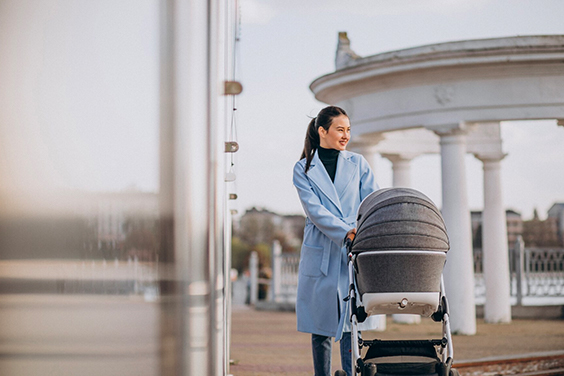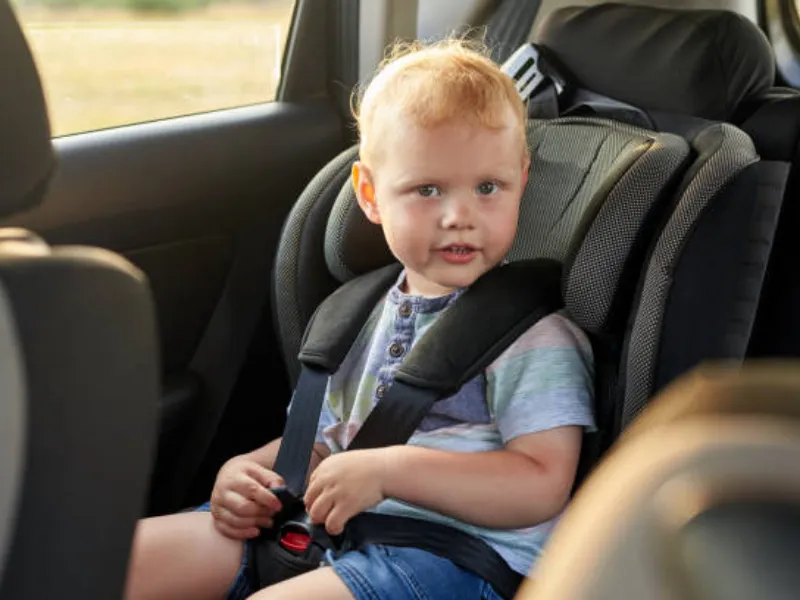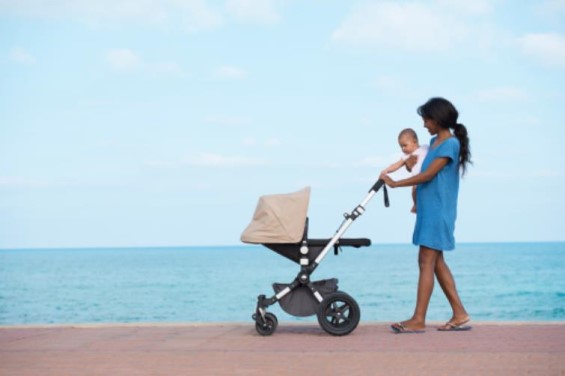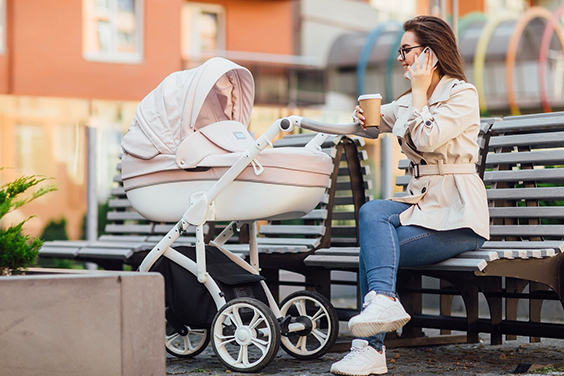An easy and safe method of moving about with a baby is in an infant car seat. It is a child safety seat with harnessed belts that are tailored to fit your child.
These car seats are useful if you have to travel alone or over long distances with your infant. Selecting the appropriate car seat for your child is one of the most important decisions you can make as a new parent.
Do you understand how to install a car seat correctly? Evidently, infant car seat installation is more difficult than we had anticipated.
The problem is that there are many recommendations and limitations for baby car seats. Additionally, because every car is different, you must understand the best technique to install a car seat in it.
In addition, there is a lot more information you should be aware of.
We will specifically address how to install an infant car seat in this article. Continue reading to learn as a baby car seat supplier.
What is an Infant Car Seat?

A child safety seat also known as an infant safety seat, a child restraint system, a child seat, a baby seat, a car seat, or a booster seat is a seat made especially to shield kids from harm or death in the event of a collision with a moving vehicle.
The majority of the time, car owners buy and install these seats; however, car manufacturers may directly incorporate them into the design of their vehicles and are typically required to supply anchors and ensure seat belt compatibility.
Many jurisdictions mandate that children under a certain age, weight, or height must ride in a child safety seat that has been authorized by the government.
Passive restraints are provided by child safety seats, which must be utilized correctly to be effective. However, studies show that many child safety restraints are frequently either improperly placed or used.
Health officials and child safety specialists create child safety films to instruct parents and caregivers on appropriate car seat installation in an effort to reverse this troubling trend.
Steps to Install an Infant Car Seat
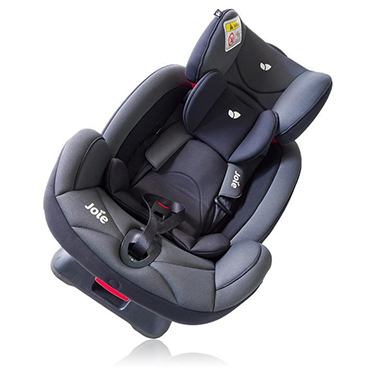
Step 1: The first step includes, how to install infant car seat base.Installing the car seat base to the seat in an infant car seat should be done first. To make it simpler to install and remove the car seat from the vehicle, the base is placed independently.
Step 2: Set the base of the car seat in the center seat of the vehicle as shown to install it. When a car seat is installed correctly, the base should be at a 30-45 degree angle. If there is one, use the angle indicator on the car seat.
Step 3: The base of the car seat should be fastened to the vehicle using the seatbelt. Every vehicle seat has a “path” for the seatbelt to pass through.
Step 4: Securing the seatbelt. By fully unbuckling the seatbelt, this is accomplished. Allow it to retract back once it has extended all the way. It will reject and you will hear it do so.
Step 5: Put one hand on the car seat base and the other on the shoulder strap of the seatbelt to tighten it. Pull the seatbelt slack while pressing down on the base at the same time. This will firmly fasten the car seat base, preventing any movement of the base.
Step 6: Check for slack at the base. When wiggled at the seat belt passage more than 1 inch, the base shouldn’t move. Check the angle once again.
Step 7: Making ensuring that the car seat base is snug when strapped and does not move more than an inch is the most important stage in this procedure.
Step 8: Finally, use the “click connect” technology to attach the car seat to the base. Put the rear-facing car seat in this position and place it on top of the base.
A Few Tips
- Put on a tight-fitting outfit for the baby. Make sure the baby is not wearing any bulky clothing during the winter, but keep a warm jacket close to the car seat for when you are getting the baby in and out. Bulky clothing may result in the car seat’s straps being installed incorrectly.
- Depending on how big or tiny the infant is, the shoulder straps inside the car seat should be in the lowest position, and the chest clip should be at armpit level.
Types of Infant Car Seat
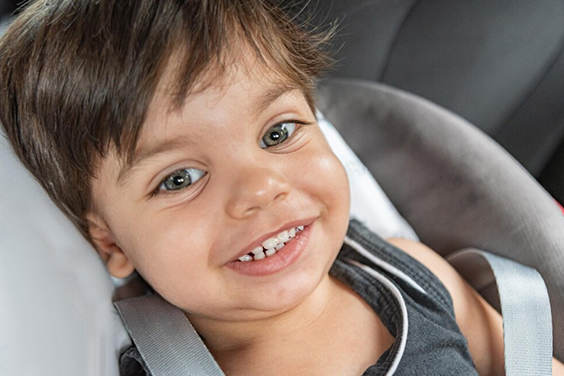
- Infant Car Seat
A baby car seat is made specifically for babies. Typically, this lasts from the time your child is born until they are at least 2 years old and weigh enough to fit in the seat. when a larger seat will likely be required. These car seats are only intended to be used rear-facing in your vehicle.
The child car seat can function as a carrier as well. (Even if it clicks, don’t put the car seat in the grocery cart; it’s unsafe and not intended for that. Instead, think about using a carrier like a sling.) Numerous variations of this baby car seat can be secured to the vehicle directly or to a base that is permanently fastened to the car seat. You may buy several bases for various cars.
Depending on your baby’s growth rate and the size of the car seat, an infant car seat can last you anywhere from six to 24 months. Infant car seats are outgrown by some babies more quickly than others. It’s time to switch to a car seat made for older babies and toddlers once your youngster reaches the maximum weight OR height limit for the seat.
Getting a new car seat does not automatically require that you turn the seat so that it faces forward. Because it is safer, you should keep your child rear-facing for as long as you can.
- Convertible Car Seat
As an infant car seat manufacturer from the time of birth until the child outgrows the car seat, convertible car seats are utilized. This implies that you can use your investment more often. Depending on your child’s weight, they can be used either forward-facing or rear-facing. Infants up to 3 years of age should be rear-facing, and once they are 3 years old, you can start putting your child in a forward-facing position.
Convertible car seats have drawbacks in that they are not portable and cannot be used as baby carriers. They lack bases and are challenging to transfer from one car to another.
- 3-in-1 Seats
Similar to a convertible car seat, all-in-one seats or 3-in-1 seats also function as booster seats. This seat has the benefit of only needing to be purchased once, and it will grow with your child from rear-facing to forward-facing to a booster seat until they are mature enough to only use a seatbelt.
Children should only ride in booster car seats when they are facing forward. Depending on the model you choose, the minimum weight requirement varies from 30 to 40 pounds. The good news is that your child can use the booster car seat until they are old enough to no longer require one.
- Booster Seat
Many states are adopting higher weight standards for youngsters in car seats as newborn car seat regulations evolve and differ from state to state.
A booster seat can use the existing seat belt in your car or come with its own set of buckles or a harness. Depending on your child’s height, you can determine which is most cozy. Try to test the car seat with your child before buying it, if at all possible, and also know how to put an infant in the car seat.
Why are Car seats Important?
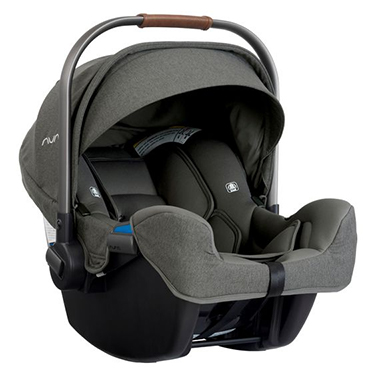
The safest approach to keep your children safe in a car is to use a car seat, often known as a child safety seat. Children are most frequently killed and injured in car accidents.
However, picking the right safety seat and utilizing it properly, and understanding how to put newborns in a car seat are essential to keeping your child safe. The greatest car seat is the one that is appropriate for both your vehicle and your child’s age, weight, and size.
The following information will help you choose the best seat for your child:
Before your child takes their first ride, become familiar with how to attach the seat and utilize the harness. Don’t rely on store displays to demonstrate how to accomplish it for you.
Visit one of the nationwide child car seat inspection stations set up by the federal government to receive assistance or to confirm that you placed it correctly.
Numerous hospitals, police enforcement agencies, fire departments, and public safety organizations in your area can also be of assistance to you. Make sure to request a technician who is trained in child passenger safety.
Conclusion
Car seats are intended to make it safer to transport your kid in a car. The type parents select will be determined by the baby’s age, height, and weight, as well as if they want to be able to remove the seat simply.
As a business, you must make certain that you help parents acquire the correct seat for their baby’s age and weight, that it fits in their vehicle, and that they use it every time. Advice them to read the owner’s instructions for both their vehicle and their car seat to ensure they’re installing and using their car seat appropriately.
River baby is a leading baby product supplier you must surely check out.

